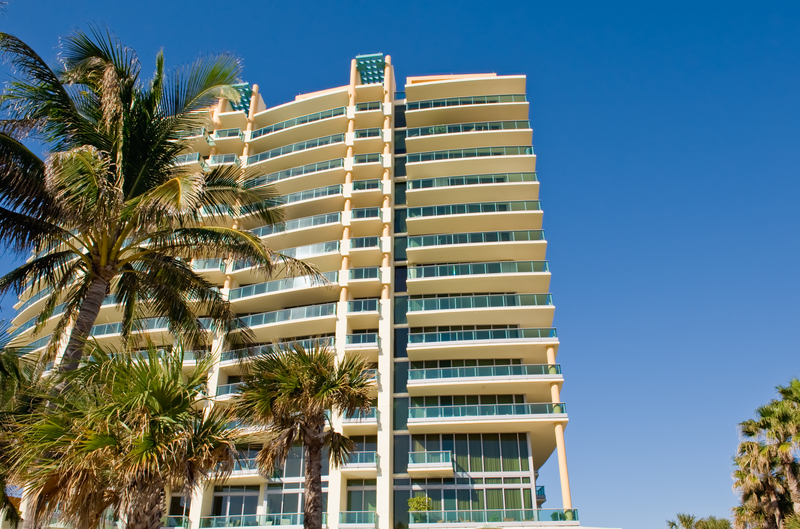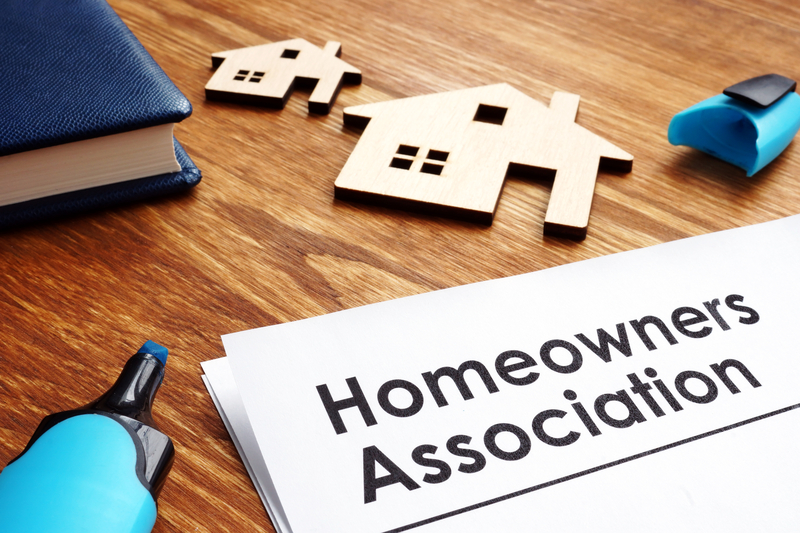Who precisely is the owner of common areas within your building or community? This may sound like a trick question, but it is not. The precise response hinges on whether the residence in question forms part of a Condominium Association or a Homeowner Association. These two types of residential Owner Associations operate under distinct regulations and functional modalities in Florida, each enshrined separately within Florida Statutes. Today, we delve into the depths of this intricate yet essential topic.
Linguistic Nuances
It is intriguing to note how Florida's Condominium Act and Homeowners Association Act use different terminology to refer to shared spaces. The former prefers the term 'common elements', while the latter employs 'common areas'. This linguistic disparity, albeit subtle, forms an integral part of our discourse today.
The Inquisitive Property Owner

On a personal note, it has been approximately a year since I last touched on these fundamental aspects. Since then, an influx of new Florida property owners has voiced queries about the functioning of their respective COAs or HOAs. Hence, this article is designed to serve as a platform for understanding the basics and exploring further.
Membership Protocols
Our conversation today pertains to residential Owners Associations where membership is automatically included and/or obligatory when purchasing and maintaining property within the community or building.
Common Elements in Condominium Associations

In Condominium Associations, each individual unit owner possesses an undivided share in the common elements. This seemingly insignificant detail wields significant influence over:
- Voting protocols and proxy arrangements.
- The authority and responsibilities of the Board of Directors.
- Management of financial reserves.
- Maintenance and repair obligations.
- Amendments to shared property areas.
Different Regulations for Different Associations
Common element ownership is a primary reason why Condominium and Homeowners Associations are regulated differently in Florida. Condominium common elements are jointly owned by all the individual unit owners, necessitating greater oversight and protection to safeguard those owners' legal and financial interests.
Condominium Ownership and Implications
The jointly owned portion of any condominium property is an inalienable, enduring element of owning an individual residential unit within the building. Florida's Department of Business and Professional Regulation asserts that condominium is a form of real property ownership whereby an individual exclusively owns a unit and jointly owns common elements with all other unit owners in the condominium.
Common Elements in Condominiums
Condominium properties' common elements may encompass the building structure, exterior including roof, hallways, recreational and meeting spaces, elevators and mechanical equipment, water supply and drainage systems, stairways, parking areas, swimming pools and decks, and any other structures or amenities on the property.
Homeowner Associations and Ownership Structures

In sharp contrast, Homeowners Associations function differently. Here, the Association's corporation is the owner of the common areas. Common areas in HOAs typically include streets and sidewalks, clubhouses, landscaping, guardhouses and gates, community swimming pools, and other recreational facilities and amenities.
Decision-Making Powers in Associations
While it might be tempting to think that all owners have a say in maintaining, managing, and improving common areas since the HOA corporation owns them, it's not exactly the case. Not all matters regarding COA or HOA common elements/areas are open for vote by all owners. The elected Board of Directors has the authority to make some decisions autonomously, in compliance with the Florida Condominium Act or Homeowners Association Act.
Decision-Making Rights for Condominium and HOA Owners
Since condominium unit owners also jointly own the common elements, they have more input and voting rights on their management and maintenance, especially regarding expenditure. On the contrary, as individual HOA property owners do not jointly own the common areas, the Board of Directors has more authority to make decisions on maintenance, repairs, and upgrades to common areas and structures within the community.
Board's Responsibility
Irrespective of how an Association's common elements/areas are owned, the Board has the ultimate responsibility for their proper maintenance. This includes monitoring common property's physical condition and ensuring sufficient funds are available for maintenance or repairs when needed.
Owner's Responsibility
Each owner in a building or community has the responsibility to comprehend how their Owners Association is organized and functions. When in doubt, your Association's attorney is the best source of accurate information and legal interpretation.
Conclusion
The secret to successful living in an Association-governed building or community in Florida lies in education and active participation. The more you grasp these concepts, the more comfortable you will be in your building or community. As such, let this article be a stepping stone to understanding your rights and responsibilities as a member of a Condominium or Homeowners Association in Florida.
If you’d like to talk more about property management, or you need help with Everest Property Management, please contact us at Everest Realty.




 As a top producing Realtor and Property Manager; Terry specializes in sales, extensive construction homes, rentals, REO’s, short sales, and all aspects of Real Estate. After graduating the University of Michigan with a master in MBA, Terry continued his endeavor and now has over 15+ years of experience in the Real Estate world. If there is anything that has to do with Real Estate and sales, you can always be sure of Terry to provide important, specialized knowledge.
As a top producing Realtor and Property Manager; Terry specializes in sales, extensive construction homes, rentals, REO’s, short sales, and all aspects of Real Estate. After graduating the University of Michigan with a master in MBA, Terry continued his endeavor and now has over 15+ years of experience in the Real Estate world. If there is anything that has to do with Real Estate and sales, you can always be sure of Terry to provide important, specialized knowledge.




